Apple HomePod mini review: the best small smart speaker for sound quality
The HomePod mini is adorable, sounds excellent for the size, and is solid value, but remains strongly Apple-centric
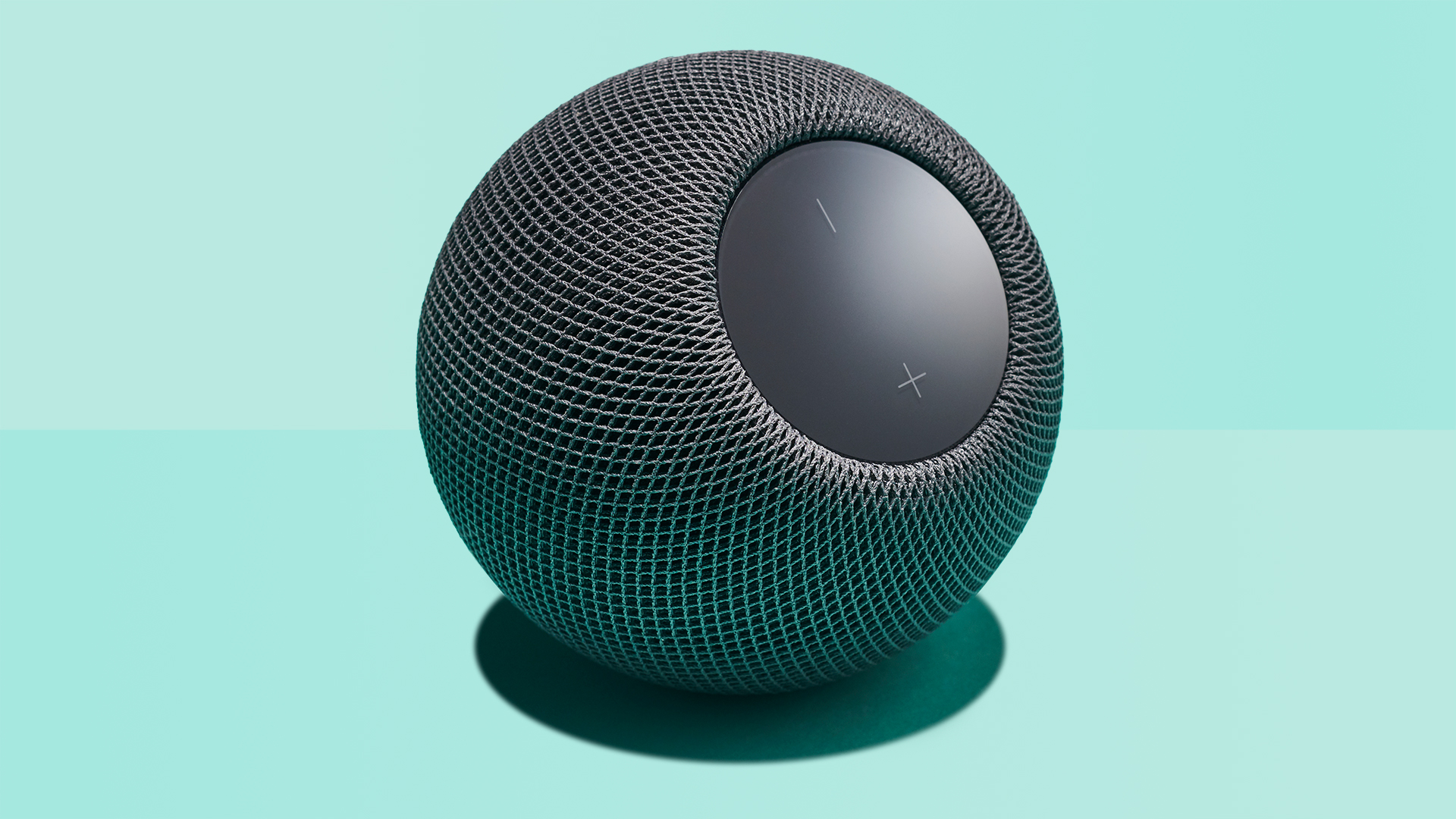
The HomePod mini is the small speaker of choice for music lovers, but only if you're deep in the Apple ecosystem, and don't need it to be TOO smart.
-
+
Excellent sound quality
-
+
Cute tiny design
-
+
Some useful smart features
-
-
Best if you're an all-Apple household
-
-
Lack of non-Apple music services
-
-
Siri not as smart as Alexa or Google Assistant
Why you can trust T3

Welcome to T3's HomePod mini review. Apple's tiny new Siri speaker is staking its claim for a place in our list of the best smart speakers by bringing the same focus on music quality that the full-size HomePod has, but in a package the size of a bread roll.
And not to spoil what's coming, but just as we noted in our original HomePod review, the HomePod mini also punches well above its size class for sound – it's the best sounding smaller speaker by a mile.
Siri still isn't as advanced as Alexa for sheer flexibility, or Google Assistant for general inquiry smarts, but it works well, and if you want this primarily as a music player, it's an excellent option – and the HomePod mini works as an Apple HomeKit control hub, which is potentially very useful as well.
Now available in a range of funky colours, the HomeKit makes a great-looking addition to your decor as well.
Lots of people will be hoping to see HomeKit mini pop up among the best Black Friday deals – there often isn't much of a discount to be had on Apple products, but the HomePod mini is such a great Xmas gift that there's a good chance one retailer will want to draw some attention by cutting the price this Black Friday.
Apple HomePod mini review: Price & release date
The HomePod mini launched on November 16th, and costs £99/$99/AU$149. That puts it right in the same price range as the Nest Audio and Amazon Echo 4th gen.
This is much cheaper than the original HomePod, of course – that launched at £319/$349/AU$499, though can now be found at £279/$299/AU$469. That was always more of a hi-fi speaker than a smart speaker, though, with all that extra money going on some incredibly advanced sound engineering.
The HomePod mini is much more in line with the competition, though it's certainly not lacking in impressive audio design of its own, given its size. In fact, let's talk about its size now…
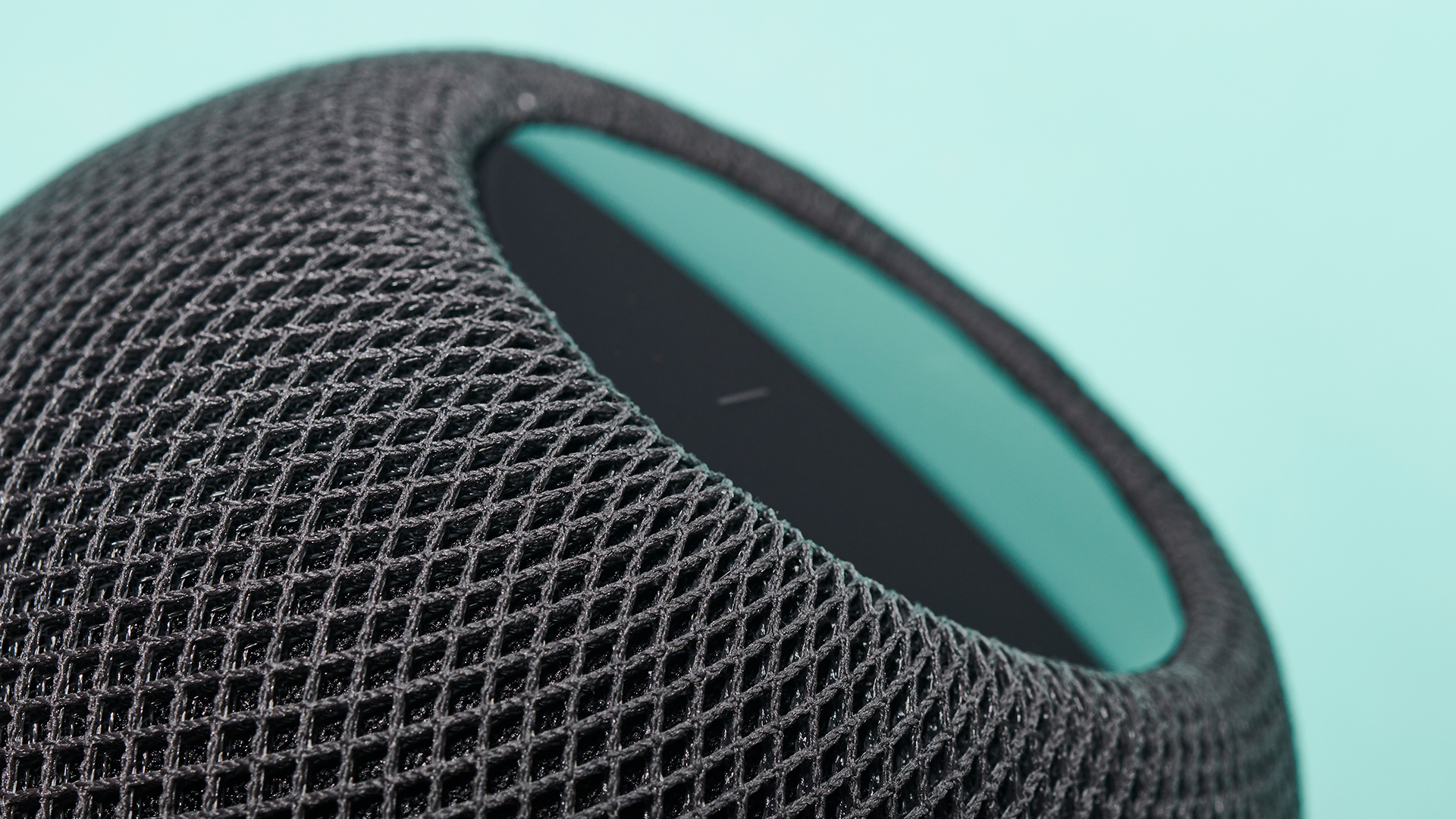
Apple HomePod mini review: Design
The HomePod mini is effectively the same size as the Amazon Echo Dot (4th gen), and is similarly round, though the HomePod has a slice off the top for its little 'screen' and controls.
It stands just 3.3 inches (84mm) tall and 3.9 inches (98mm) across. It's small enough to be easily held in one hand, and so finding a spot for it is no problem at all.
Like the original HomePod, it comes in Space Grey or White, and in the same handsome latticed weave fabric on the outside. The pattern is attractive when you notice it, but generally it's pretty neutral and anonymous, which is what we like from a small smart speaker.
On top is a plastic panel that includes plus and minus symbols that act as volume controls, and the middle acts as a touch-sensitive button you can hold to activate Siri, or you can tap to do things like play/pause, or skip tracks.
The really nice touch is that the whole panel is a sort-of screen, with multicoloured lights underneath that swirl when Siri is listening. When the speaker is active playing something, the screen glows faintly white.
It looks great – it's both whimsical and tasteful at the same time – and makes the whole thing feel like a magical cauldron for a Barbie to cast spells with.
However, it could be better in terms of practicality – there's no indication on the unit itself of what the volume level is (unlike both the Nest Audio and Echo), and if your eye line is the same height or lower than the top of the HomePod mini, you can't really see whether Siri is listening or not.
Neither of these is the end of the world, but the volume one in particular would be useful (though is a bigger problem on the big HomePod, since that can be so loud).
The HomePod mini comes with a 5-foot cable that actually ends in a USB-C plug, interestingly, though not every USB-C port will power it, so you're probably best to stick with the Apple 20W plug supplied in the box.
The 5-foot cable is in line with others (it's the same as the Nest Audio), though it's a little shorter than the 6-foot cable of the bigger HomePod – actually, in an ideal world I'd like it to be slightly longer than the regular speaker, because this is something you're more likely to fit into a slightly random slot, so more flexibility is valuable. In theory, you could extend it with a USB-C extension, cable we haven't tried it, and you might have power supply issues.
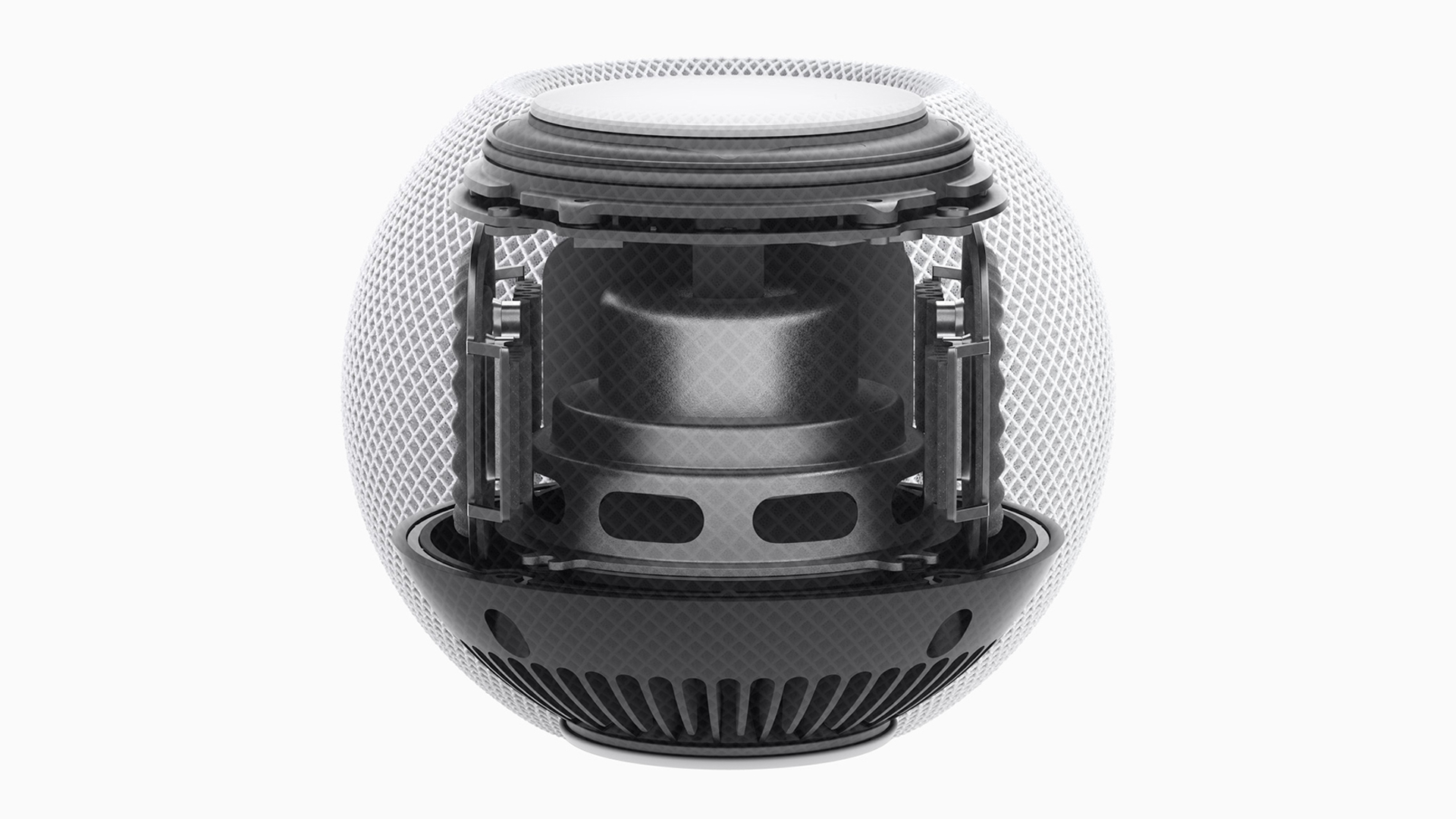
Apple HomePod mini review: Sound quality
The HomePod mini's audio quality is absolutely incredible for its size, and is really good for its price.
Compared to the two rivals in the same size bracket – the Echo Dot (4th gen) and Nest Mini – the sound is absolutely next-level stuff. It's fuller, deeper and more detailed.
The real trick is the balance, which manages to stretch to a clear and detailed high end, warm mid-range and bouncy, precise bass – all from a single driver (with two bass radiators to back it up).
It also spreads impressively and evenly throughout the room, thanks to the use of a shaped sound diffuser – the driver actually fires downwards, and a circular 'lens' reflects the sound outwards in all directions. This is tech we've seen before, but on high-end Bang & Olufsen speakers, so it's very cool to have it on a smaller and cheaper speaker, and for it to be so effective.
The original HomePod was also a surprise hit when it came to sound balance and diffusion into the room, but that was thanks to it having eight speakers arranged in a circle – this does a job that's surprisingly close using just a fraction of the tech.
Compared to larger smart speakers in the same price range – the Echo (4th gen) and Nest Audio – the HomePod mini's audio quality doesn't stand out in the same way, but I still prefer its particular balance and sound over its rivals.
Compared to the Nest Audio, for example, its bass doesn't make it quite as deep, but it feels more controlled and lively, giving songs a little more life. The Nest Audio is also able to lift treble out of the mix just a little better thanks to having a dedicated tweeter, but the HomePod mini gives the mid-range better representation in the mix.
You can find songs where each has an edge over the other, but I found that the HomePod hit the most pleasing notes most consistently. But none of these speakers is bad at all.
The HomePod mini doesn't go particularly loud in the grand scheme of speakers, but it's good for its size, and it's more than loud enough for the situations it's designed for. Another impressive trick it has is maintaining solid bass representation even at quieter volumes, so it's great for bedrooms or just some low ambient noise while working.
You can pair the HomePod mini with a second unit, and in terms of audio, this works really well – it really ups the fullness of the sound, while maintaining everything that's good, such as the clarity. It can't make the bass go any deeper or anything like that, of course, but a pair of HomePod minis has become my home office music speaker set of choice – they take up very little room, fill the room with great sound, and aren't overkill when it comes to volume.
Pairing them is really easy (just set them both as being in the same room when you set them up and you'll automatically be given the option to pair them), and the timing sync between them has been rock solid in my experience.
However, it's common for one speaker to start playing before the other joins in, and a couple of times one has just stopped playing mid-song. It's never a problem that continues for long, but just know that the paired mode has a couple of foibles.
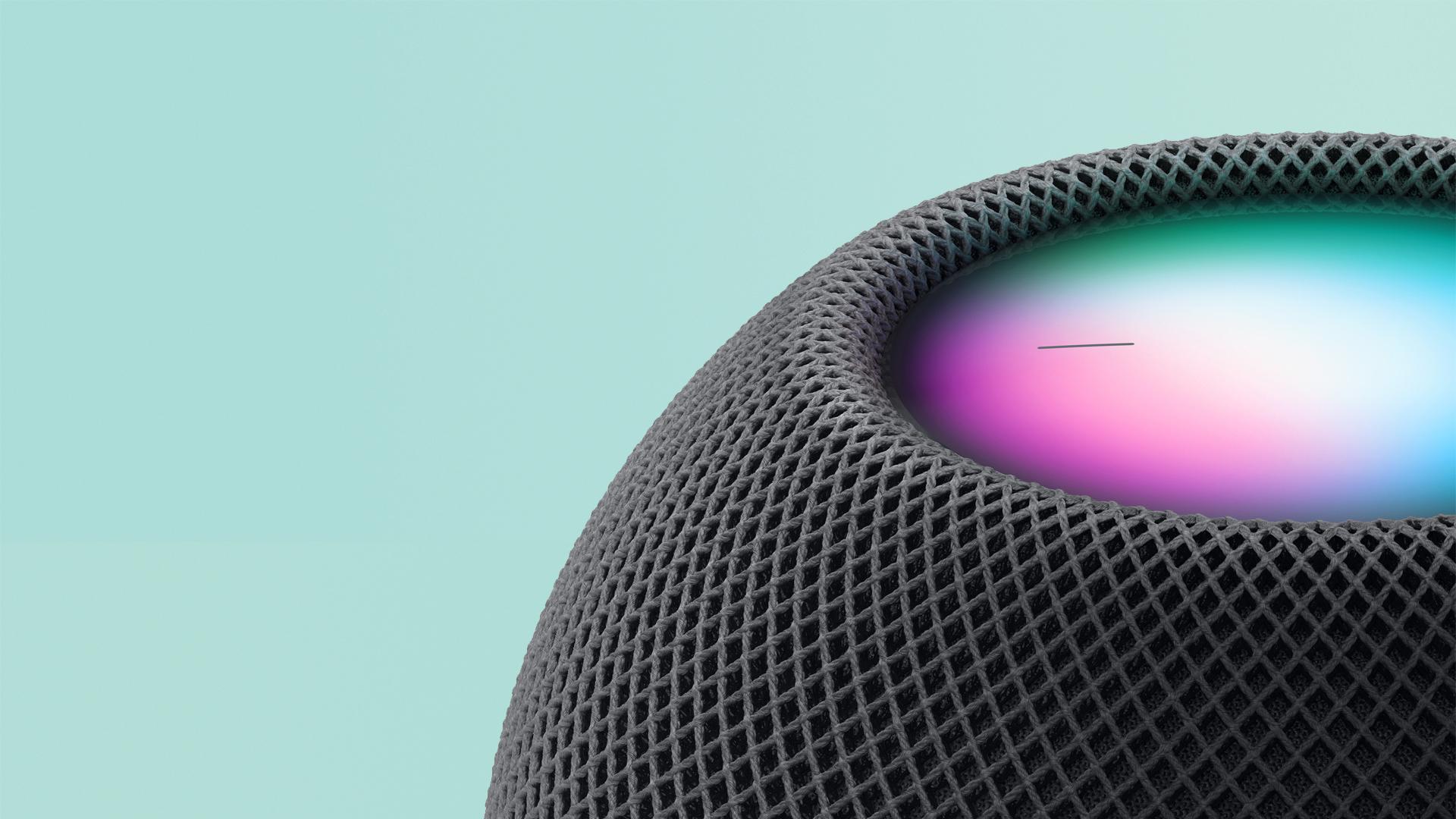
Apple HomePod mini review: Siri and smart features
Setting up the HomePod mini is easy, provided you have an iPhone or iPad. It is literally impossible otherwise – a reminder of the point that you really need to be deep into the Apple ecosystem to make the most of it.
You just bring your device near it, and then a pop-up will appear to talk you through the process – getting it on your Wi-Fi happens automatically, and it can be linked to your Apple services, such as Apple Music (crucially), but also your iCloud for reading out messages and calendar events, if you ask it to.
Voice recognition is built in, so that it will only read your personal stuff out when it's your voice who asks for it (but you can also not link that kind of data with the HomePod at all, if you prefer).
To play audio on it, you can either ask Siri to request songs from Apple Music (or podcasts), or you can actually play any audio from any app to it using AirPlay 2 from Apple devices. It will work as part of an AirPlay 2 multi-room system because of this, mixing with other HomePods or also with third-party speakers.
AirPlay is great because it makes it so flexible – the most flexible for streaming audio to of all the smart speakers, in a sense… but only from Apple devices, since there's no official AirPlay support on Android or Windows.
In fact, there's no way at all to play things to it from other platforms – no Chromecast, no Bluetooth, no line-in – so it's best in either an all-Apple house, or a house where you're sure you'll only want to hear things that Apple Music can play for you.
Right now, you can only ask Siri for songs via Apple Music, so you'll need a subscription for that service. More services are coming to Siri – Pandora and Amazon Prime Music, specifically – but no confirmation yet on Spotify (the most important one) or Tidal.
When it comes to Siri generally as a smart assistant, but it's perfectly serviceable, but its knowledge isn't as broad as Google Assistant or Alexa, and there's nothing close to the way Amazon is developing Alexa to understand context and engage with you more naturally.
Siri also doesn't have the easy-to-discover extensibility of Alexa's Skills, and all the weird and wonderful options those add (even if they're a bit clunky to trigger at times).
Siri can actually be extended by the user, using Apple's Shortcuts app on its phones/tablets, which is an incredibly powerful tool for those willing to dive into it, enabling you to automate a series of complex tasks with all kinds of conditions and triggers… but that's only really something a pretty niche group of people will do. It makes it possible for the hardcore to do amazing things, but not so much the rest of us.
It all makes Siri more of a useful voice-activated remote control that something that feels like a smart assistant – it can save you from Googling a bunch of stuff, it can help you perform tasks like taking notes or adding reminders without touching your iPhone… but again, that means being in on Apple to make the most of it.
Siri heard us well and responded quickly in tasks – a few missteps here and there, and the occasional baffling music choice when asked for a song, but it happens with voice assistants.
Apple has recently added a useful Intercom feature to HomePod, where you can send a voice message to other rooms just by asking the HomePod (and it also works with Apple Watches, for those outside of the house). It's nothing revolutionary, but it works well, and is great if you plan to buy a bunch of minis.
Another great feature here is that the HomePod mini acts as a control hub for HomeKit smart home accessories. Unlike the Echo 4th Gen, it can't do this without a phone to set things up, but it does provide a connection hub for Bluetooth and Wi-Fi accessories to all be controlled using automations you set up in the Home app, or to be controlled from the Home app when you're out of the house.
It supports the new Thread smart home protocol too, which is a new system that all the big makers are just starting to roll out, and is designed to make everything work better together.
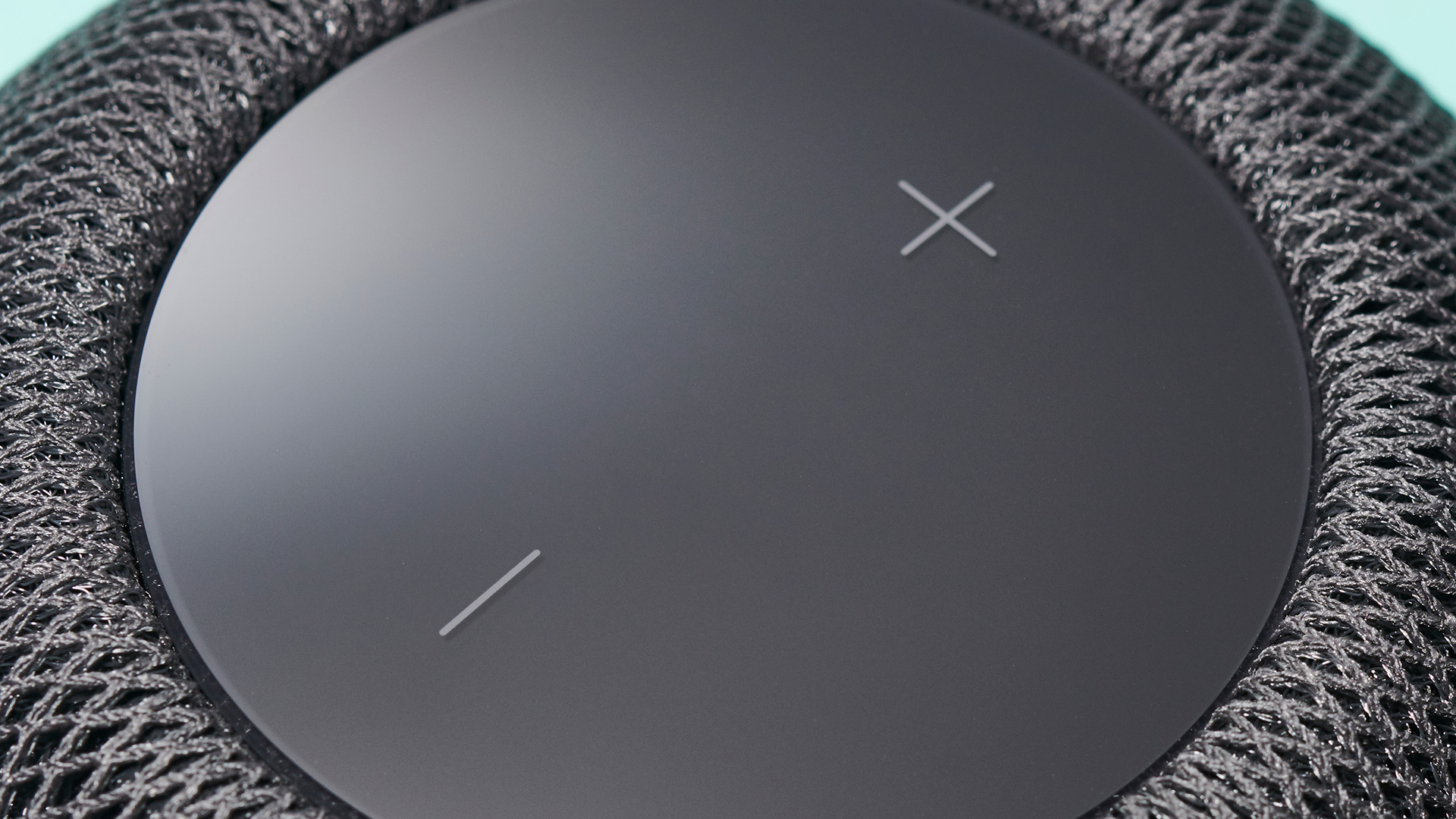
Apple HomePod mini review: Verdict
For those well into the Apple orbit, the HomePod mini is the best small speaker you can buy. It has a great design, eye-opening sound quality for its size, useful smart features and is good value.
And with the original HomePod, we said it's best in a house where everyone is using Apple since it was made to be a main speaker, but with the mini being a bedroom or office speaker in many cases, maybe it's not such a problem if the Android-using kids (or whoever) aren't able to make full use of it.
But outside of this, it's a harder sell – Siri isn't an impressive standalone smart assistant, and the lack of alternative music services (and with no word on when the most important one, Spotify, is coming) means it won't be bringing anyone into the Apple fold who isn't already there.
Sign up to the T3 newsletter for smarter living straight to your inbox
Get all the latest news, reviews, deals and buying guides on gorgeous tech, home and active products from the T3 experts
Matt is T3's former AV and Smart Home Editor (UK), master of all things audiovisual, overseeing our TV, speakers and headphones coverage. He also covered smart home products and large appliances, as well as our toys and games articles. He's can explain both what Dolby Vision IQ is and why the Lego you're building doesn't fit together the way the instructions say, so is truly invaluable. Matt has worked for tech publications for over 10 years, in print and online, including running T3's print magazine and launching its most recent redesign. He's also contributed to a huge number of tech and gaming titles over the years. Say hello if you see him roaming the halls at CES, IFA or Toy Fair. Matt now works for our sister title TechRadar.
-
 YETI just made bowls cool – literally. And also figuratively.
YETI just made bowls cool – literally. And also figuratively.New YETI design, same bear-proof energy
By Matt Kollat Published
-
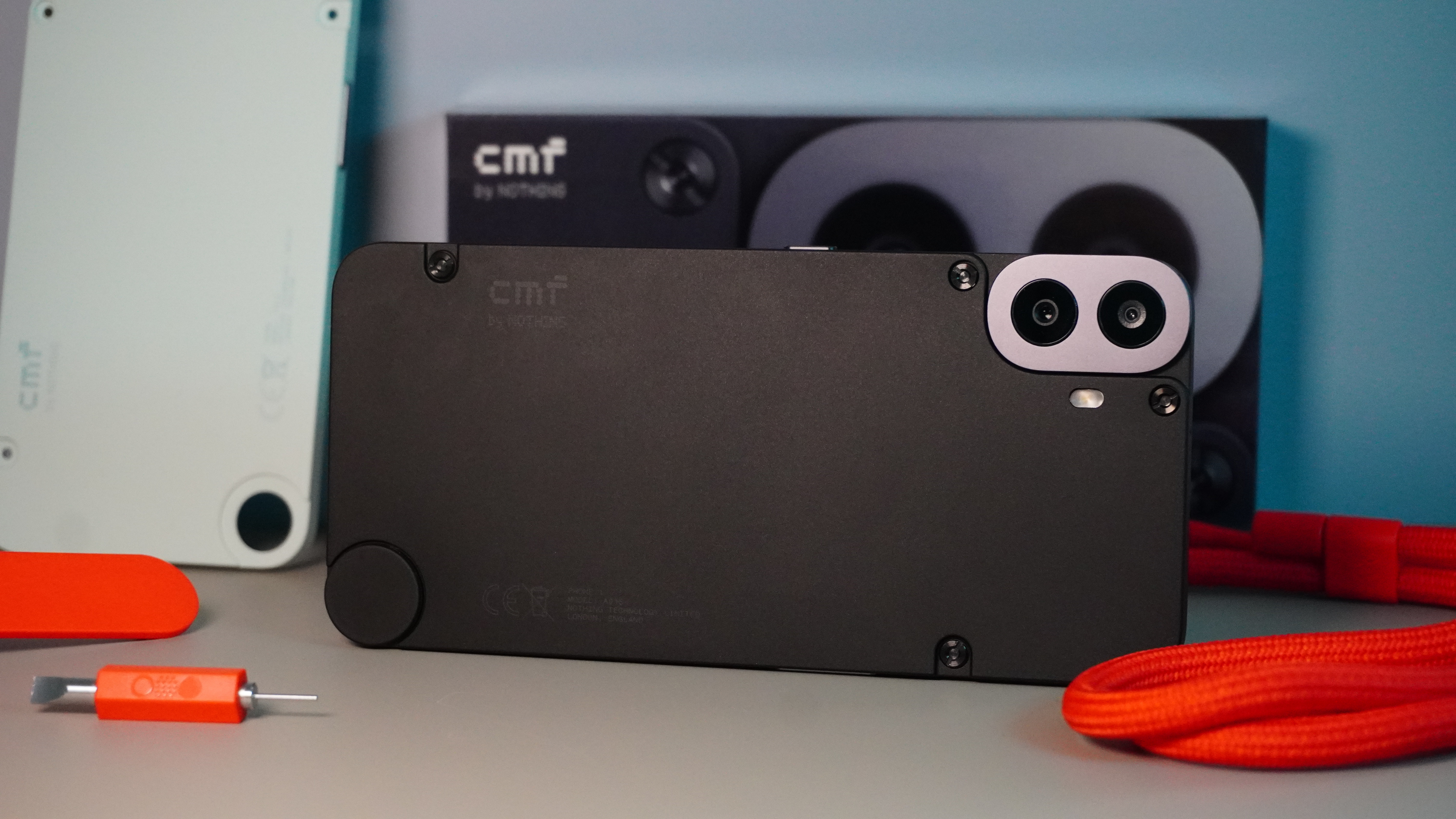 Nothing's next phone could be a budget powerhouse, thanks to this confirmed hardware detail
Nothing's next phone could be a budget powerhouse, thanks to this confirmed hardware detailOfficial details reveal more about the next phone coming from Nothing
By Chris Hall Published
-
 Adidas Adizero Boston 13 is softer, faster, and finally feels like a proper trainer
Adidas Adizero Boston 13 is softer, faster, and finally feels like a proper trainerThe brand quietly fixed everything runners didn’t love about the Boston 12
By Matt Kollat Published